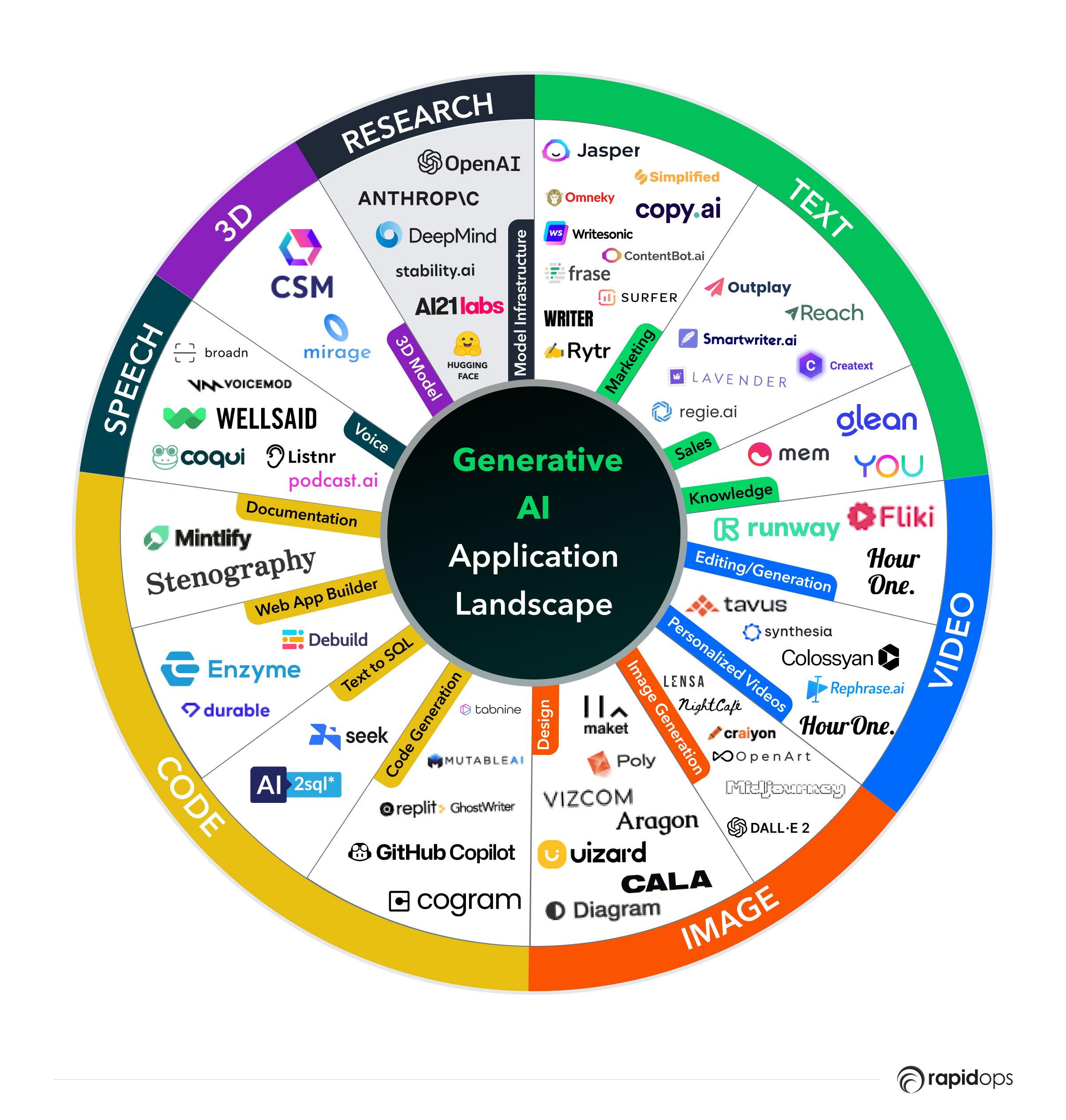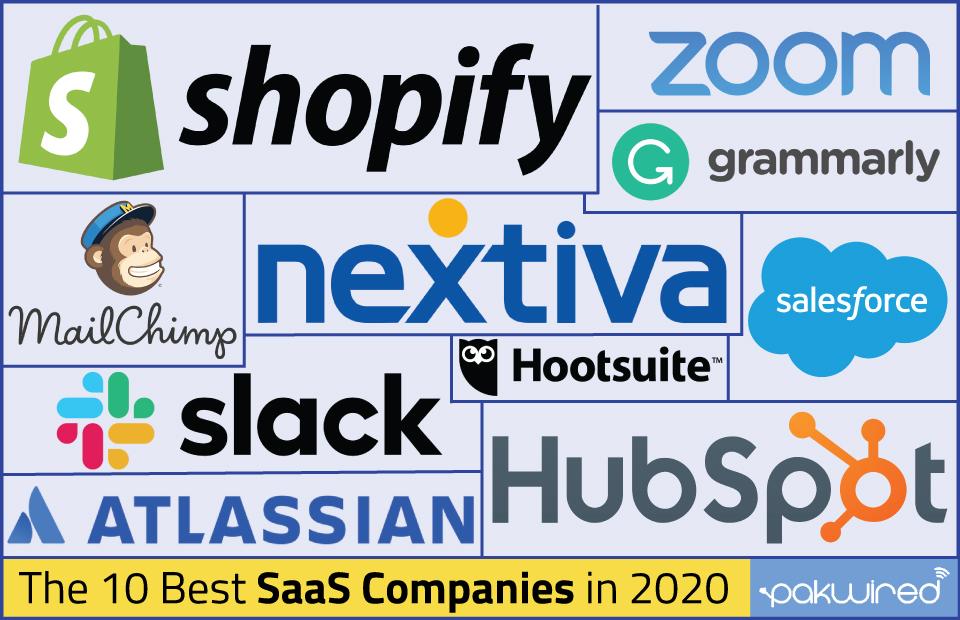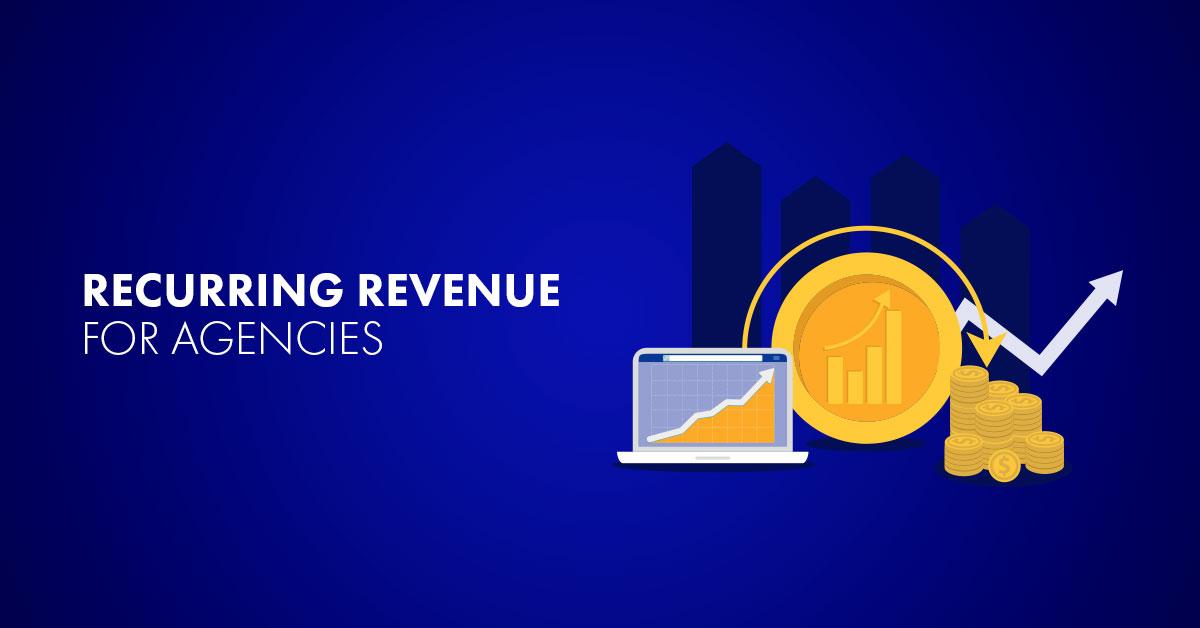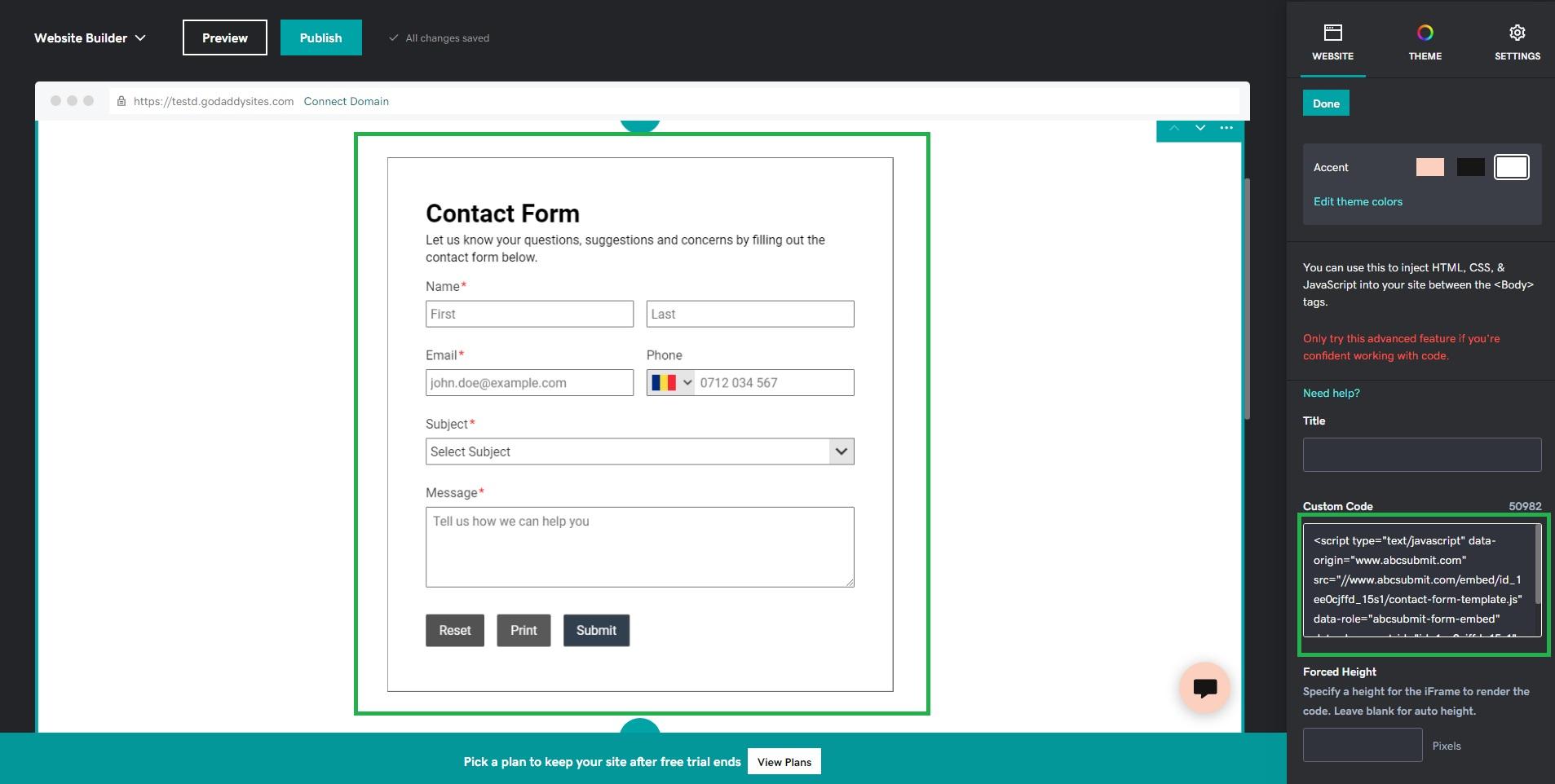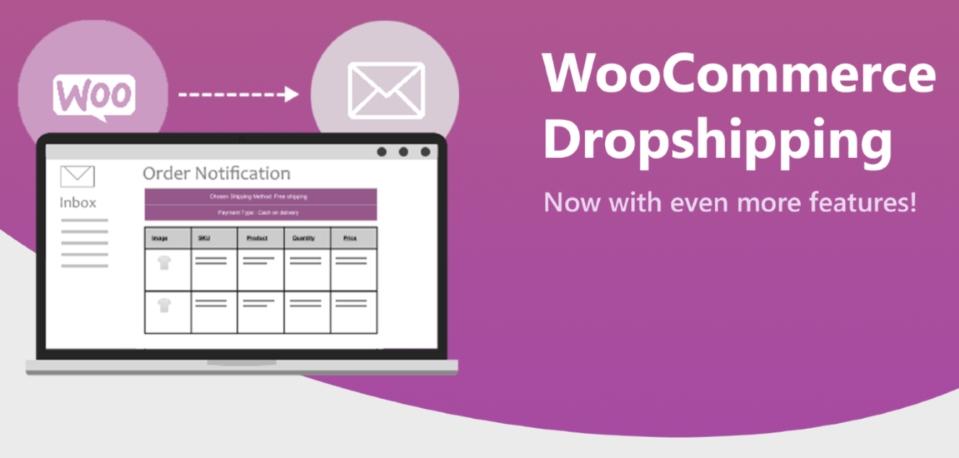
Are you ready to dive into the exciting world of e-commerce but feeling overwhelmed by the sheer volume of information out there? If you’ve ever dreamed of running your own online store without the hassle of managing inventory, then WooCommerce dropshipping might just be the perfect solution for you! In this guide, “WooCommerce Dropshipping 101: Everything You Need to Know,” we’re breaking down the essentials into bite-sized pieces. Whether you’re a complete newbie or someone looking to refine your existing strategy, we’ll walk you through the ins and outs of getting started with WooCommerce, from choosing the right products to understanding how to market your store. By the end, you’ll be equipped with all the knowledge you need to launch your very own dropshipping business with confidence. So, let’s get started on this exciting journey together!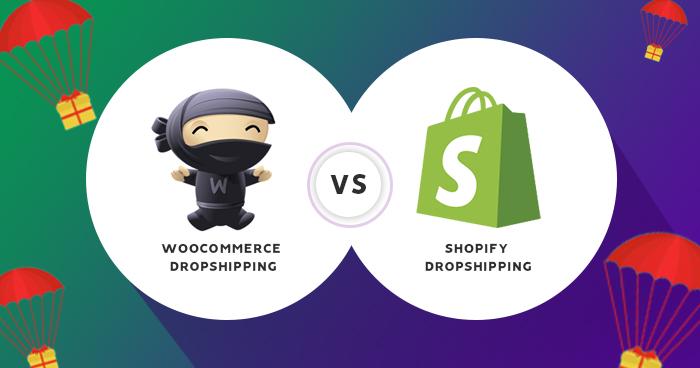
Understanding the Basics of WooCommerce Dropshipping
When it comes to eCommerce, WooCommerce dropshipping offers a flexible and low-risk way to start an online store. Unlike traditional retail models, you don’t need to hold inventory or manage shipping logistics. Instead, you partner with suppliers who fulfill orders directly to your customers. This allows you to focus on marketing and growing your business while your suppliers handle the heavy lifting.
To get started, you’ll need to set up a WooCommerce store. Here’s a quick roadmap:
- Choose a niche: Focus on a specific market to cater to a target audience.
- Select reliable suppliers: Research suppliers with a good reputation and quality products.
- Install WooCommerce: Use WordPress and add the WooCommerce plugin for seamless functionality.
- Add products: Import products from your suppliers and set competitive prices.
- Launch your store: Make sure to optimize your website for SEO to attract organic traffic.
One of the significant advantages of WooCommerce dropshipping is the ability to test products without significant upfront costs. You can easily add or remove items from your store based on sales performance and customer feedback, giving you the flexibility to adapt to market trends. This agility is crucial, especially in today’s fast-paced eCommerce environment.
Another key factor to consider is customer service. As a dropshipper, you remain the point of contact for your customers. Be prepared to handle inquiries and resolve issues promptly to build trust and loyalty. This can include:
- Responding to queries about product availability.
- Managing return requests and exchanges.
- Providing updates on shipping status.
Understanding the pricing model is also essential. Your profit margin will depend on the difference between your retail price and the wholesale price charged by your supplier. Here’s a simple breakdown:
| Product Cost | Retail Price | Profit Margin |
|---|---|---|
| $20 | $40 | $20 (50%) |
| $15 | $30 | $15 (50%) |
| $10 | $25 | $15 (60%) |
Lastly, consider using marketing strategies tailored to your dropshipping store. Utilize social media, email campaigns, and influencer partnerships to drive traffic and sales. Additionally, invest in paid advertising to reach a broader audience and increase your visibility in a competitive market.
By grasping the fundamentals of WooCommerce dropshipping, you position yourself for success in the vibrant world of online retail. With the right approach and continuous learning, you can turn your dropshipping venture into a thriving business.
Why WooCommerce is Your Best Bet for Dropshipping
When it comes to setting up a dropshipping business, choosing the right platform can make all the difference. WooCommerce stands out as a top contender, primarily due to its flexibility and extensive integration options. If you’re looking for a solution that grows with your business, WooCommerce is designed to meet the needs of both small startups and larger enterprises.
One of the main advantages of using WooCommerce is its seamless integration with WordPress. This means you have access to a vast array of plugins and themes that can enhance your store’s functionality and appearance. You can easily customize your storefront with just a few clicks, giving you a unique brand identity that resonates with your audience.
Key Features of WooCommerce for Dropshipping:
- Easy product management: Add, edit, and manage products effortlessly.
- Customizable shipping options: Set shipping rates and methods that suit your business model.
- Robust payment gateways: Accept payments from a variety of platforms with ease.
- In-depth analytics: Track sales, customer behavior, and inventory levels to optimize your strategy.
Another compelling reason to choose WooCommerce is its support for various dropshipping plugins, such as AliDropship and WooDropship. These tools allow you to import products directly from suppliers, manage inventory in real time, and even automate order fulfillment. This level of automation helps reduce the workload and allows you to focus on marketing and customer engagement.
Let’s not overlook the community aspect of WooCommerce. With thousands of developers and users, you’ll find a wealth of resources, tutorials, and forums to help you troubleshoot any issues or learn new strategies. This community support is invaluable for newcomers who may feel overwhelmed by the intricacies of running an online store.
Comparison of WooCommerce with Other Platforms:
| Feature | WooCommerce | Shopify | BigCommerce |
|---|---|---|---|
| Customization | High | Medium | Medium |
| Cost | Low (Open Source) | Medium (Subscription-Based) | Medium (Subscription-Based) |
| Ease of Use | Moderate | High | High |
| Scalability | High | Medium | High |
Moreover, WooCommerce’s SEO capabilities are a game-changer for dropshippers. Built on WordPress, which is already favored by search engines, your store can easily implement best practices for SEO. From optimizing product descriptions to enabling rich snippets, WooCommerce gives you the tools to improve your site’s visibility and attract organic traffic.
WooCommerce is not just a platform; it’s a growth partner. As your business expands, you can add more features and functionalities, whether it’s through premium plugins or custom development. This adaptability ensures that you won’t outgrow your platform as your dropshipping business evolves.
Finding the Right Suppliers for Your Dropshipping Business
When it comes to dropshipping, the suppliers you choose can make or break your business. Selecting trustworthy suppliers is essential for maintaining quality and ensuring customer satisfaction. Here are key factors to consider when searching for the right suppliers:
- Reputation: Look for suppliers with positive reviews and a solid track record. Check online forums and social media platforms for feedback from other dropshippers.
- Quality of Products: Order samples to evaluate product quality firsthand. This helps you provide your customers with items you can stand behind.
- Shipping Times: Fast shipping is crucial for customer satisfaction. Confirm each supplier’s shipping capabilities and average delivery times.
- Communication: A supplier who is easy to communicate with is invaluable. Ensure they are responsive to your inquiries and can provide timely updates.
Another aspect to consider is the pricing structure of your potential suppliers. Competitive pricing is vital for maintaining healthy profit margins. Compare prices across various suppliers and check for hidden fees that could eat into your profits. Here’s a simple comparison table to help you evaluate your options:
| Supplier | Product Price | Shipping Cost | Shipping Time |
|---|---|---|---|
| Supplier A | $10.00 | $5.00 | 3-5 days |
| Supplier B | $9.50 | $7.00 | 5-7 days |
| Supplier C | $12.00 | $3.00 | 2-4 days |
It’s also essential to evaluate the return policies of your suppliers. A flexible return policy can provide peace of mind for both you and your customers. Ensure your suppliers offer reasonable return options, so you can handle any potential product issues without hassle.
Networking with fellow dropshippers can lead to valuable supplier recommendations. Join online communities, forums, or social media groups dedicated to dropshipping. Sharing experiences and insights can help you identify reliable suppliers who are worth considering.
don’t hesitate to reach out directly to potential suppliers. Having a conversation can give you a better understanding of their operation and commitment to customer service. It also allows you to ask specific questions about their products, shipping, and policies, ensuring you find the perfect fit for your dropshipping business.
Setting Up Your WooCommerce Store: Step-by-Step Guide
Getting Started with WooCommerce
Setting up your WooCommerce store can feel like a daunting task, but with a clear step-by-step approach, you’ll have your online shop up and running in no time. First things first, you’ll need a WordPress website. If you haven’t set up a WordPress site yet, head over to their official site and pick a hosting plan that suits your needs. Once your site is ready, it’s time to install WooCommerce.
Installing WooCommerce
To install WooCommerce, follow these simple steps:
- Log into your WordPress Dashboard.
- Go to Plugins > Add New.
- Search for “WooCommerce” in the search bar.
- Click Install Now, then activate the plugin.
WooCommerce Setup Wizard
After activating WooCommerce, the Setup Wizard will guide you through the essential configurations. Here’s what you’ll need to cover:
- Store Setup: Enter your store’s address, currency, and what type of products you plan to sell.
- Payment Options: Choose how you want to accept payments. Popular options include PayPal, Stripe, and direct bank transfers.
- Shipping Details: Set up your shipping options and rates, whether you plan to offer free shipping, flat rates, or variable rates based on location.
Adding Products
Next up, let’s add some products to your store. You can do this by navigating to Products > Add New. Here are some important fields you’ll need to fill out:
- Product Title: Give your product a catchy and descriptive name.
- Description: Write a compelling description that highlights the product features and benefits.
- Price: Set a competitive price that reflects the value of the product.
- Images: Upload high-quality images to attract customers.
Setting Up Tax Options
It’s crucial to configure your tax settings to comply with local laws. Under WooCommerce > Settings > Tax, you can specify whether to charge tax based on customer location or your business location. This section also allows you to set tax rates for different regions.
Designing Your Store
Now that your products are set, it’s time to think about the aesthetics of your store. Choose a WooCommerce-compatible theme that resonates with your brand. Popular choices include:
- Astra
- OceanWP
- Storefront
Customize your theme to ensure it reflects your brand identity and provides a seamless user experience.
Essential Plugins for WooCommerce
To enhance your store’s functionality, consider adding some essential plugins. Here’s a quick list of must-have plugins:
- Yoast SEO: Optimize your site for search engines.
- WooCommerce PDF Invoices: Automatically generate invoices for your orders.
- Mailchimp for WooCommerce: Enhance your email marketing efforts.
Final Touches
Before launching your store, double-check everything to ensure a smooth shopping experience. Test the checkout process, verify that payment gateways are functioning, and make sure all product pages are displaying correctly.
| Task | Status |
|---|---|
| WooCommerce Installed | ✅ |
| Products Added | ✅ |
| Payment Setup Completed | ✅ |
| Shipping Options Configured | ✅ |
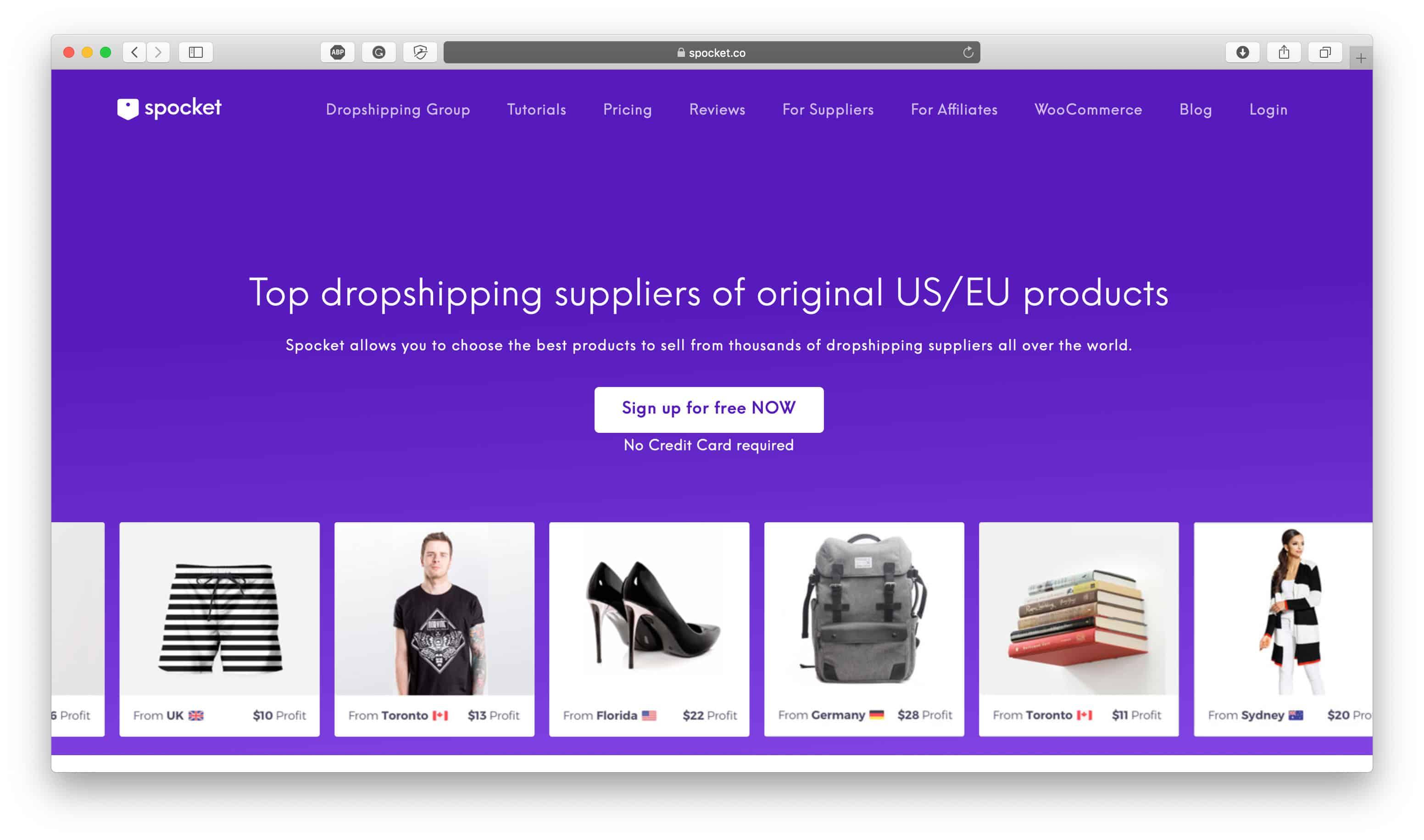
Essential Plugins for a Seamless Dropshipping Experience
When diving into the world of dropshipping with WooCommerce, selecting the right plugins can make all the difference in your store’s efficiency and user experience. Here are some essential plugins that will help streamline your dropshipping operations and enhance your customer’s shopping experience.
- WooCommerce Dropshipping – This plugin simplifies the process of managing your suppliers and orders. It allows you to automatically notify suppliers when orders are placed and provides them with the necessary shipping details.
- AliDropship - Perfect for those looking to source products from AliExpress. It integrates seamlessly with WooCommerce and offers features like automated order fulfillment and real-time inventory updates.
- Printful – If you’re considering custom products, Printful is a fantastic print-on-demand service. It integrates with WooCommerce, allowing you to offer personalized products without ever handling inventory.
- WooCommerce Product Feed – This plugin helps you create optimized product feeds for social media and shopping platforms, which is key for expanding your reach and driving traffic to your store.
Additionally, some plugins focus on enhancing customer experience and supporting your marketing efforts:
- Yoast SEO - Optimize your online store for search engines with this powerful SEO plugin. It helps you with keyword placement, readability analysis, and generates XML sitemaps.
- Mailchimp for WooCommerce - Perfect for email marketing, this plugin connects your store with Mailchimp, allowing you to automate campaigns and target customers based on their shopping behaviors.
- WooCommerce Multilingual – If you’re targeting a global audience, this plugin helps translate your store into multiple languages, making your products accessible to a wider audience.
Integrating these plugins into your WooCommerce store not only enhances functionality but also provides a smoother, more efficient shopping experience for your customers. With the right tools in place, you can focus on scaling your business and increasing profitability.
| Plugin | Purpose | Key Feature |
|---|---|---|
| WooCommerce Dropshipping | Order management | Supplier notifications |
| AliDropship | Product sourcing | Automated fulfillment |
| Printful | Print-on-demand | Custom products |
| Yoast SEO | Search engine optimization | Keyword suggestions |
By equipping your WooCommerce store with these essential plugins, you’re not just improving your dropshipping capabilities; you’re paving the way for a more engaging, efficient, and profitable online business.
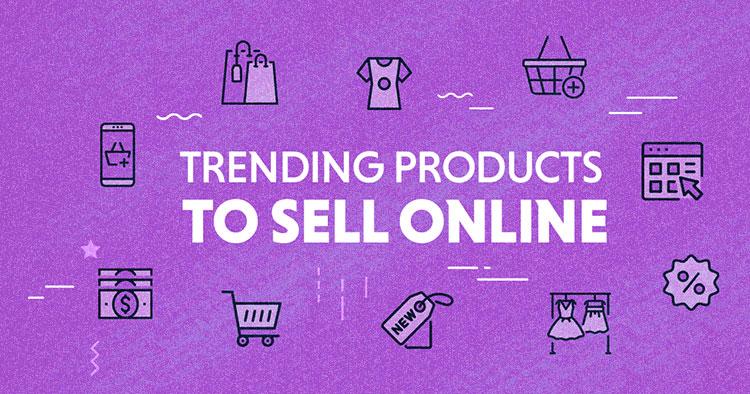
How to Choose the Best Products to Sell
Choosing the right products to sell is crucial for the success of your dropshipping business. The products you select can make or break your store, influencing not just sales figures but also your brand’s reputation. Here are some key factors to consider when determining the best products to add to your WooCommerce dropshipping store.
First and foremost, market demand is essential. Utilize tools like Google Trends, social media platforms, and keyword research to identify what’s hot right now. Look for products that are trending upwards in searches and discussions. For instance:
- Seasonal Trends: Products that peak during certain times of the year.
- Evergreen Products: Items that have consistent demand throughout the year.
- Niche Markets: Specialized products that cater to specific interests or communities.
Next, consider the profit margins associated with different products. It’s vital to ensure that the items you choose not only sell well but also provide a healthy profit margin. This can be calculated by considering the wholesale price from suppliers, shipping costs, and your retail price. Aim for a margin that allows you to reinvest into your business. A good rule of thumb is:
| Product Type | Typical Profit Margin |
|---|---|
| Electronics | 5-15% |
| Clothing & Accessories | 20-50% |
| Home Goods | 15-30% |
Another critical aspect is competition analysis. Research your competitors to see what they are selling and how they market their products. Use tools like SEMrush or Ahrefs to gauge how saturated a product niche is. If you find a product that everyone else is selling, think about how you can differentiate your offering, whether through better branding, unique features, or superior customer service.
Don’t forget to assess the supplier reliability. Partnering with trustworthy suppliers ensures that your customers receive quality products on time. Check for reviews, ratings, and ratings on platforms like AliExpress or Oberlo. A reliable supplier not only saves you from headaches but also builds trust with your customers.
Lastly, think about your passion and interest. Choosing products that resonate with you can lead to better marketing strategies and a more authentic business narrative. When you genuinely care about the products you sell, it shows in the way you communicate with your audience. It also helps you stay motivated in the long run.
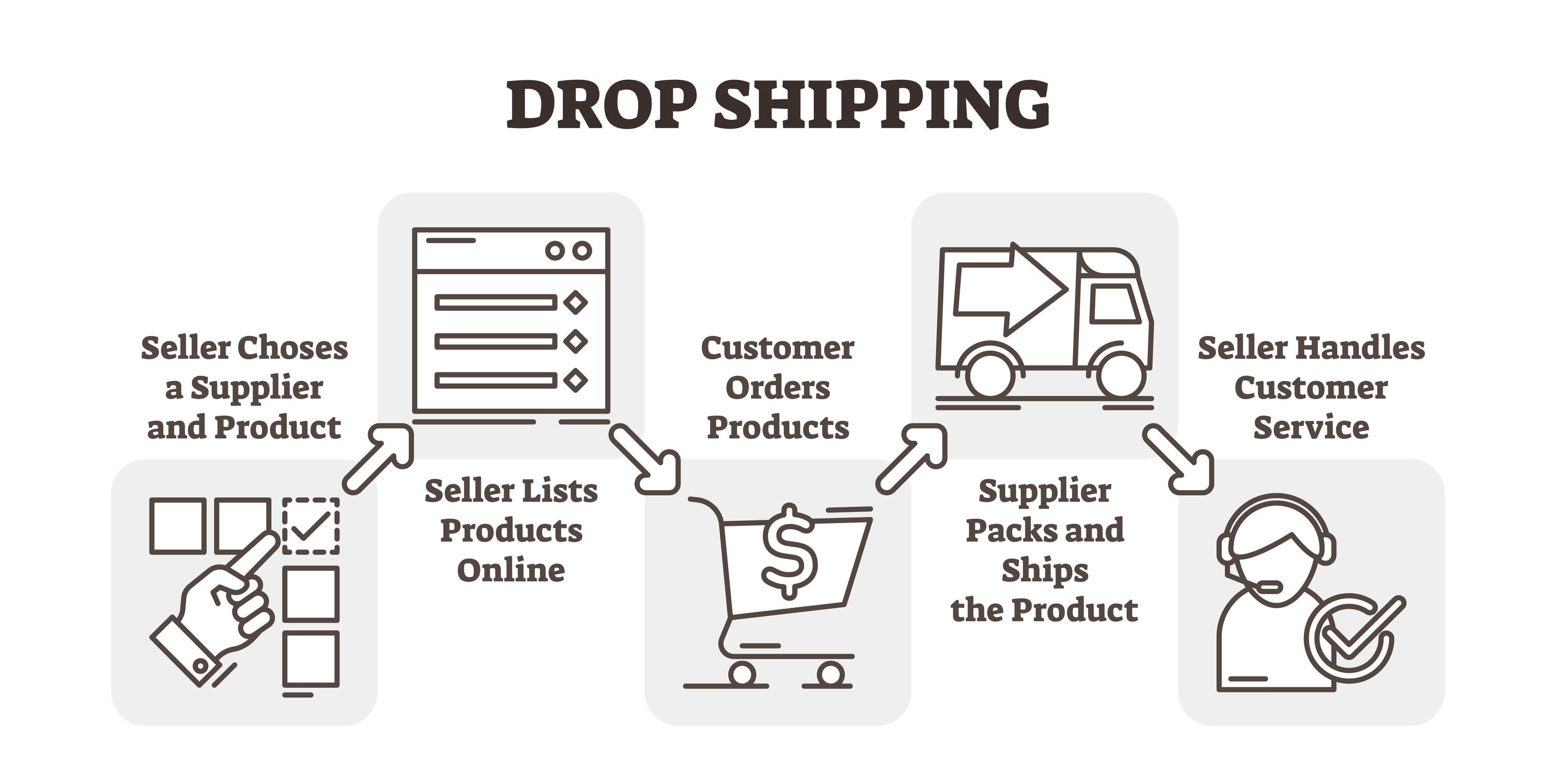
Marketing Your Dropshipping Store: Proven Strategies
In the competitive world of dropshipping, effective marketing is crucial to attracting customers and driving sales. Let’s explore some proven strategies that can elevate your WooCommerce dropshipping store above the rest.
Leverage Social Media
Social media platforms serve as powerful marketing tools. By creating engaging content that resonates with your target audience, you can build a community around your brand. Here are some tips:
- Visual Content: Use high-quality images and videos of your products.
- Engagement: Respond to comments and messages promptly to foster relationships.
- Influencer Collaborations: Partner with influencers to reach a wider audience.
Optimize Your Website for SEO
Search engine optimization (SEO) is essential for driving organic traffic to your store. Consider these strategies:
- Keyword Research: Identify and incorporate relevant keywords into your product descriptions.
- Meta Tags: Optimize title tags and meta descriptions to improve click-through rates.
- Blogging: Create informative blog posts related to your niche to attract visitors.
Email Marketing Campaigns
Email marketing remains one of the most effective ways to convert leads into sales. Here’s how to execute successful campaigns:
- Segmentation: Divide your email list based on customer behavior for targeted messaging.
- Personalization: Use customer names and recommend products based on past purchases.
- Incentives: Offer discounts or free shipping to entice subscribers to make a purchase.
Utilize Paid Advertising
Investing in paid advertising can yield significant returns if done right. Focus on:
- Facebook Ads: Create targeted ads based on user demographics and interests.
- Google Ads: Utilize keyword targeting to appear in search results for relevant queries.
- Retargeting: Use retargeting ads to remind potential customers of products they’ve viewed.
Analyze and Adapt
continuously monitor your marketing efforts and adapt your strategies accordingly. Use analytics tools to track:
- Website Traffic: Understand where your visitors are coming from.
- Conversion Rates: Evaluate which strategies are leading to sales.
- Customer Feedback: Gather insights to improve your products and services.
By implementing these strategies, you can effectively market your dropshipping store and increase your chances of success in the ever-evolving eCommerce landscape.
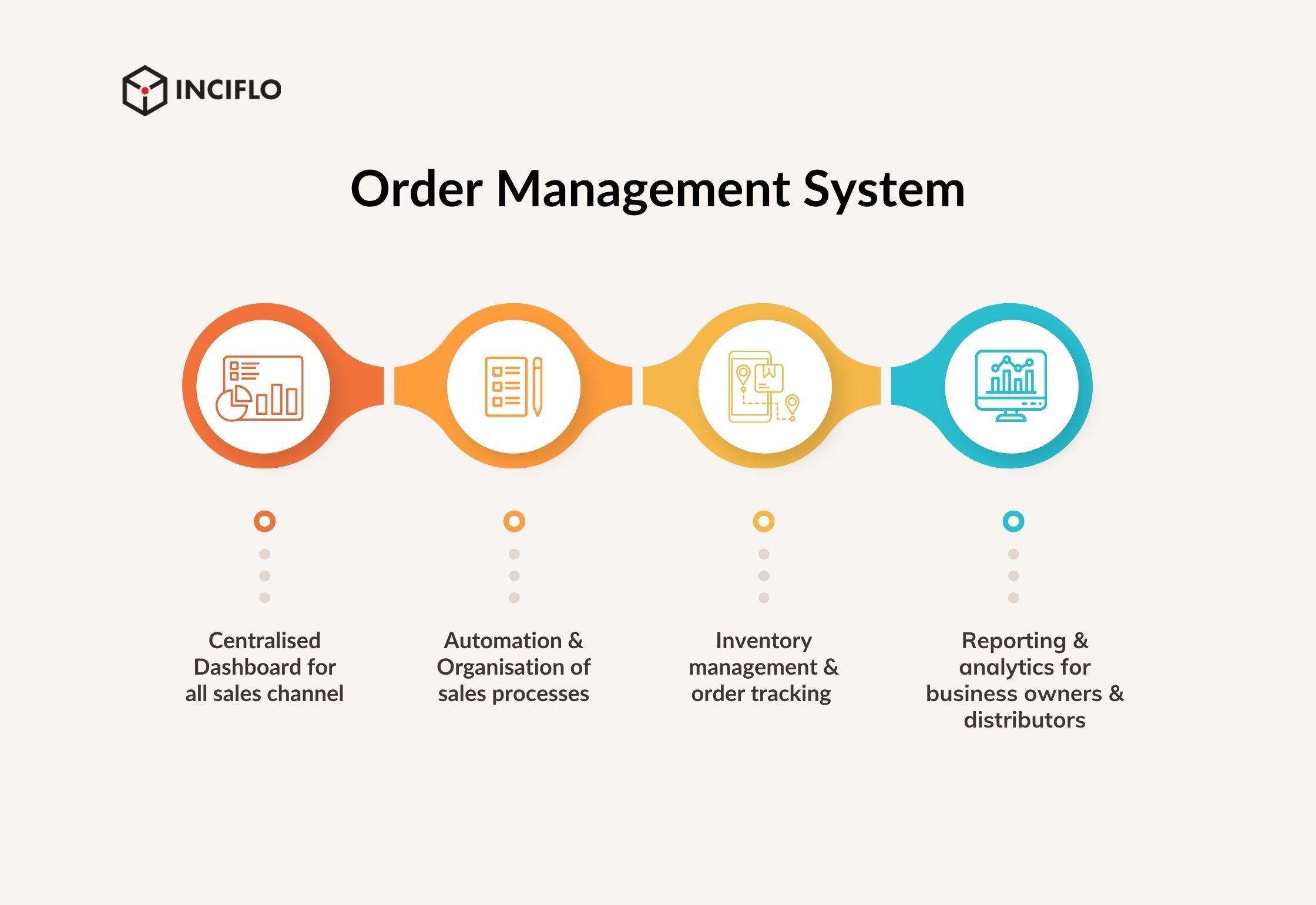
Managing Orders and Customer Expectations Effectively
When running a WooCommerce dropshipping store, managing orders and customer expectations is crucial for maintaining a positive shopping experience. Customers today demand transparency, speed, and reliability, making it essential to establish clear communication channels and efficient processes.
One of the first steps to effective order management is to provide real-time tracking information. By integrating tracking systems, you can allow customers to monitor their orders from the moment they are placed until they arrive at their doorsteps. This not only enhances customer satisfaction but also reduces the number of inquiries regarding order status. Consider using plugins that automate tracking updates, keeping your customers in the loop without additional effort on your part.
Clear communication plays a significant role in setting customer expectations. Make sure your store provides detailed product descriptions, including shipping options, delivery timelines, and potential delays. A well-structured FAQ section addressing common concerns can also help preemptively answer customer queries, thereby reducing the chances of misunderstandings.
Another key aspect is to manage inventory effectively. Since dropshipping relies on third-party suppliers, it’s vital to synchronize your inventory levels to prevent overselling products that may be out of stock. Using inventory management plugins can help you stay updated in real-time, alerting you when stocks run low or when a supplier’s stock changes. This proactive approach minimizes the risk of disappointing customers and ensures a seamless shopping experience.
| Order Management Tips | Description |
|---|---|
| Automate Tracking Updates | Use plugins that send automatic emails to customers with their tracking information. |
| Detailed Product Information | Provide clear descriptions and shipping timelines to set accurate expectations. |
| Real-time Inventory Sync | Implement tools that keep your stock levels aligned with supplier inventory. |
| Proactive Customer Service | Encourage customers to reach out with questions before they place an order. |
Additionally, consider implementing a customer feedback loop. After an order is fulfilled, send a follow-up email asking for their thoughts on the buying experience. This not only shows that you value their opinion, but it also provides insights into areas where you can improve. Positive reviews can be showcased on your site, boosting credibility and attracting more customers.
Lastly, always have a contingency plan for unexpected issues like shipping delays or inventory shortages. Being transparent about potential challenges and quickly communicating them to customers can ease frustration. Offering solutions, such as refunds or discounts for delays, can turn a potentially negative experience into a positive one, fostering loyalty and trust in your brand.
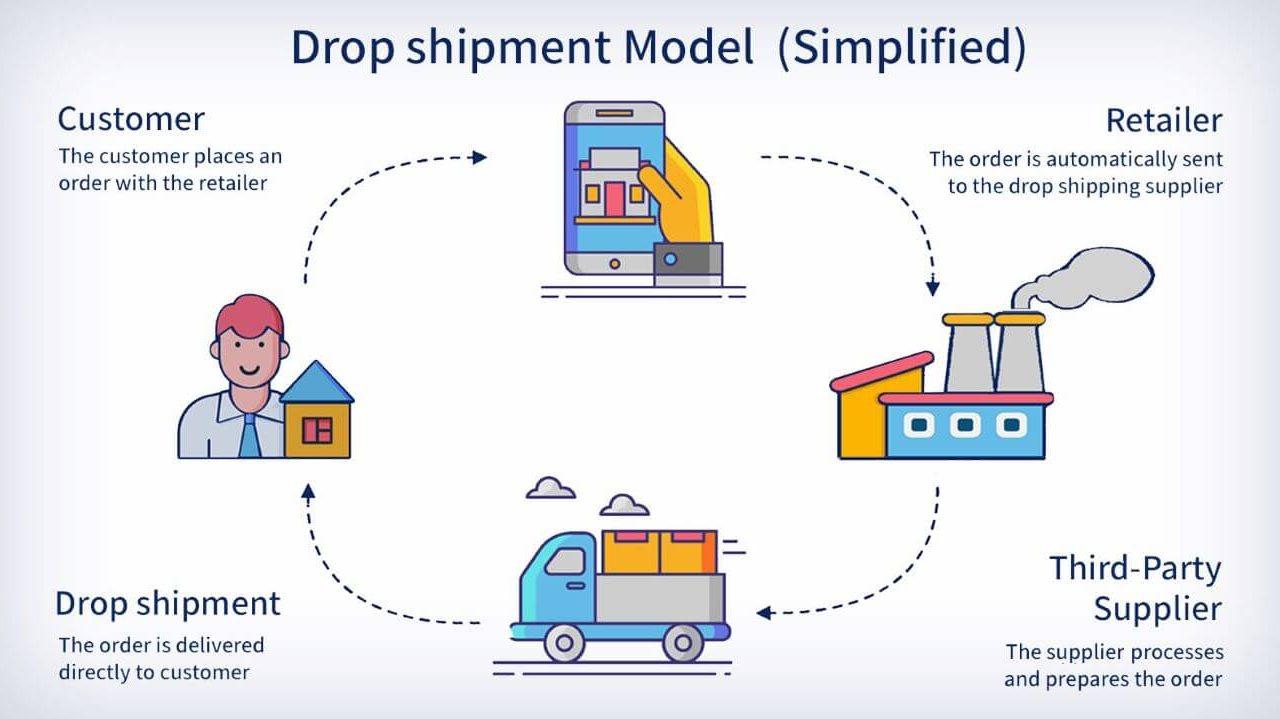
Navigating Shipping and Handling in Dropshipping
First and foremost, choose reliable shipping partners. The success of your dropshipping venture often hinges on the reliability of your suppliers and their shipping methods. Look for suppliers who have:
- Consistent shipping times
- Transparent tracking information
- Good customer service records
Next, offer multiple shipping options. Different customers have different needs—some may prefer expedited shipping, while others might opt for cost-effective solutions. By providing a range of shipping choices, you cater to a wider audience, potentially increasing conversions. Consider options such as:
- Standard Shipping
- Express Shipping
- International Shipping
Transparency is key when it comes to shipping costs. Ensure your customers know the shipping fees upfront. Incorporating shipping calculators on your site can help customers make informed purchasing decisions. You can also consider offering free shipping on orders over a certain amount, as this encourages higher cart values.
| Shipping Option | Estimated Delivery Time | Cost |
|---|---|---|
| Standard Shipping | 5-7 Business Days | $5.99 |
| Express Shipping | 2-3 Business Days | $15.99 |
| International Shipping | 7-14 Business Days | $25.99 |
Another crucial aspect is tracking shipments. Keeping your customers in the loop about their order status is valuable for customer trust. Ensure that your suppliers provide tracking information that you can easily relay to your customers. This not only enhances the customer experience but also reduces inquiries about order status.
Lastly, always be prepared for potential shipping issues. No matter how reliable your suppliers are, delays and mishaps can occur. Having a clear return and refund policy in place can save you from disputes and unhappy customers. Make sure this policy is easily accessible on your site.
By focusing on these essential aspects of shipping and handling, you can streamline your dropshipping process and cultivate a loyal customer base. Remember, a smooth shipping experience can turn first-time buyers into repeat customers, boosting your sales and growing your business.
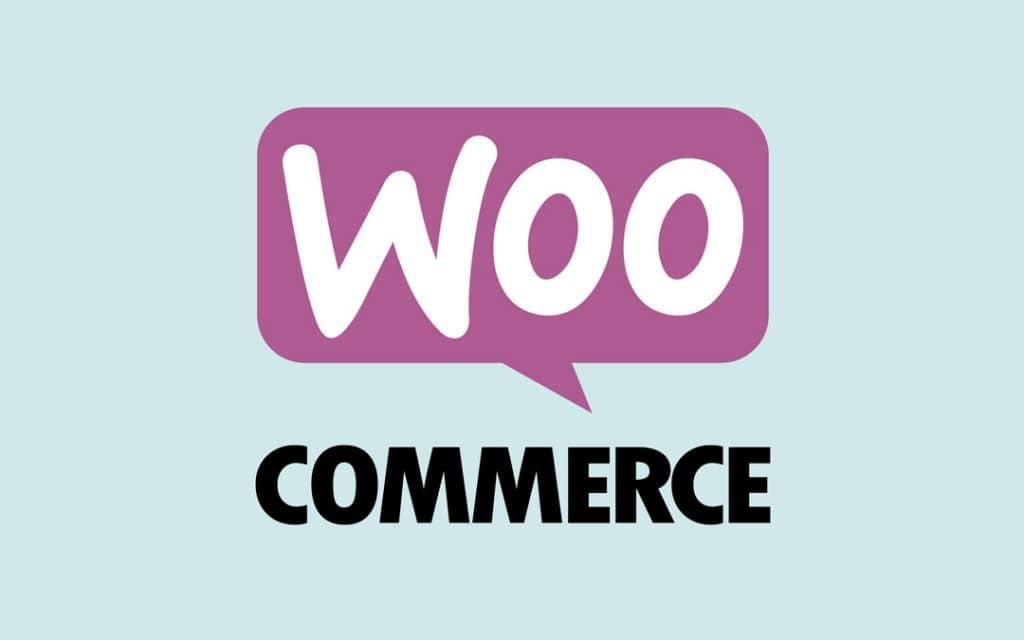
Maximizing Your Profit Margins in WooCommerce
When you’re running a dropshipping business on WooCommerce, maximizing your profit margins is essential for long-term success. Here are some strategies that can help you enhance your profitability:
- Choose the Right Products: Conduct thorough market research to identify trending products that not only appeal to your target audience but also have a higher markup potential. Focus on niche markets where competition is lower, allowing for better pricing strategies.
- Negotiate with Suppliers: Building strong relationships with your suppliers can lead to better pricing. Don’t hesitate to negotiate for bulk discounts or better shipping rates, which can significantly affect your cost structure.
- Optimize Your Pricing Strategy: Use psychological pricing techniques, like pricing items at $19.99 instead of $20, to make them seem more appealing. Additionally, consider using tiered pricing or bundling products together to increase the average order value.
- Reduce Overheads: Keep track of your expenses by regularly reviewing your business costs. Leverage free or low-cost tools for managing your store and inventory. Evaluate your website hosting, payment processing fees, and marketing expenses to find areas for savings.
Another essential aspect of maximizing profit margins is understanding your customer base. Gather and analyze data on customer behavior to inform your marketing strategies. You can segment your audience based on their buying habits and tailor your promotions accordingly. This targeted approach not only boosts sales but also enhances customer loyalty.
Implementing a solid abandoned cart recovery strategy can also help you recapture lost sales. Utilize tools that send automated emails to remind customers about items they’ve left in their cart, possibly offering an incentive like a discount to encourage completion of their purchase.
Lastly, regularly assess your performance by keeping an eye on key financial metrics. Analyzing profit margins, average order value, and customer acquisition costs will give you a clearer picture of how well your strategies are working. Make adjustments based on the data you gather, and don’t be afraid to experiment with different approaches to find what works best for your store.
| Strategy | Potential Impact |
|---|---|
| Choose the Right Products | Higher markup opportunities |
| Negotiate with Suppliers | Lower costs, better margins |
| Optimize Pricing | Increased sales volume |
| Reduce Overheads | Improved profit retention |
| Targeted Marketing | Higher conversion rates |

Common Mistakes to Avoid in Dropshipping
Diving into the world of dropshipping can be exciting, but it’s essential to sidestep common pitfalls that can derail your efforts. One of the primary mistakes is choosing the wrong niche. Selecting a niche simply because it seems trendy can lead to fierce competition and a lack of passion for what you’re selling. Instead, focus on a niche that interests you and has a proven market demand. This not only sustains your motivation but also helps you to connect more authentically with your audience.
Another prevalent mistake is neglecting the importance of quality suppliers. Relying on suppliers without vetting them properly can result in poor product quality and late shipping, which directly affects customer satisfaction. Always conduct thorough research and consider ordering samples to evaluate the products yourself. Building strong relationships with reliable suppliers can also lead to better pricing and priority service, which is crucial for your business’s success.
Additionally, many dropshippers underestimate the power of branding. Having a generic store with no unique brand identity makes it harder to stand out in a crowded market. Invest time in creating a memorable brand, from your logo to your website design and customer service approach. Customers are more likely to return to a brand they recognize and trust, so give yours the personality it deserves.
One mistake that can be easily overlooked is not optimizing your product listings. High-quality images and compelling descriptions are key to attracting customers. Avoid using stock photos that look generic; instead, use original images that showcase your products in the best light. Your product descriptions should highlight key features and benefits, answering potential customer queries before they even ask.
turning a blind eye to customer feedback is a huge misstep. Engaging with your customers and addressing their concerns can not only improve your service but also enhance your product offerings. Always encourage customers to leave reviews and be proactive in responding to their feedback. This not only builds trust but also provides you with valuable insights into how you can improve your business.
Here’s a quick reference table highlighting these common mistakes and their solutions:
| Common Mistakes | Solutions |
|---|---|
| Choosing the wrong niche | Research and select a niche that interests you and has demand. |
| Not vetting suppliers | Conduct thorough research and order samples. |
| Lack of branding | Create a unique brand identity. |
| Poor product listings | Use high-quality images and compelling descriptions. |
| Ignoring customer feedback | Engage with customers and use feedback for improvement. |
Avoid these missteps, and you’ll find yourself on the path to successful dropshipping. With careful planning, quality control, and a focus on customer satisfaction, your venture can thrive in this competitive landscape.

Scaling Your Business: When and How to Grow
Scaling your WooCommerce dropshipping business is an exciting yet challenging journey. Knowing when and how to grow can make all the difference between thriving and just surviving. Timing is crucial; grow too soon and you risk spreading yourself thin, but wait too long and you could miss out on valuable opportunities. Here are some key indicators and strategies to consider as you plan your expansion.
Recognize the Signs of Readiness
- Consistent Sales Growth: If you notice a steady increase in orders over several months, it’s a clear indication that your market demand is strong.
- Customer Feedback: Positive feedback and repeat customers signal that your products and services meet or exceed expectations.
- Efficiency in Operations: If your current processes are running smoothly and you have enough resources to handle increased demand, it’s time to consider scaling up.
Strategies for Growth
Once you identify that you’re ready to scale, the next step is implementing strategies that will facilitate growth without overwhelming your existing structure. Here are some effective approaches:
- Diversify Your Product Range: Introduce new products that complement your current offerings. This can attract a broader audience and increase average order value.
- Enhance Marketing Efforts: Invest in targeted advertising campaigns. Use social media platforms and search engine ads to reach potential customers more effectively.
- Improve Customer Service: As you grow, maintaining excellent customer service is vital. Consider using chatbots or hiring additional support staff to manage inquiries efficiently.
Utilizing Analytics for Decisions
Data analytics is a powerful tool that can guide your growth decisions. By examining your sales data, customer behavior, and market trends, you can make informed choices. Here’s how to leverage analytics:
| Data Type | Use Case |
|---|---|
| Sales Trends | Identify best-selling products to prioritize inventory restocking. |
| Customer Demographics | Tailor marketing campaigns to target your ideal customers. |
| Website Traffic Sources | Focus on the most effective channels for attracting visitors. |
Stay Agile and Adaptive
The market can change rapidly, and your ability to adapt is essential for sustained growth. Regularly revisit your business model and strategies to ensure they align with current trends and consumer preferences. Flexibility can mean the difference between capitalizing on a new opportunity or losing out to competitors.
Plan for Sustainable Growth
Lastly, it’s crucial to build a sustainable growth plan. This involves not only focusing on sales but also ensuring that your supply chain, customer service, and financial management are scalable. Having a strong foundation will enable you to expand efficiently while minimizing risks.
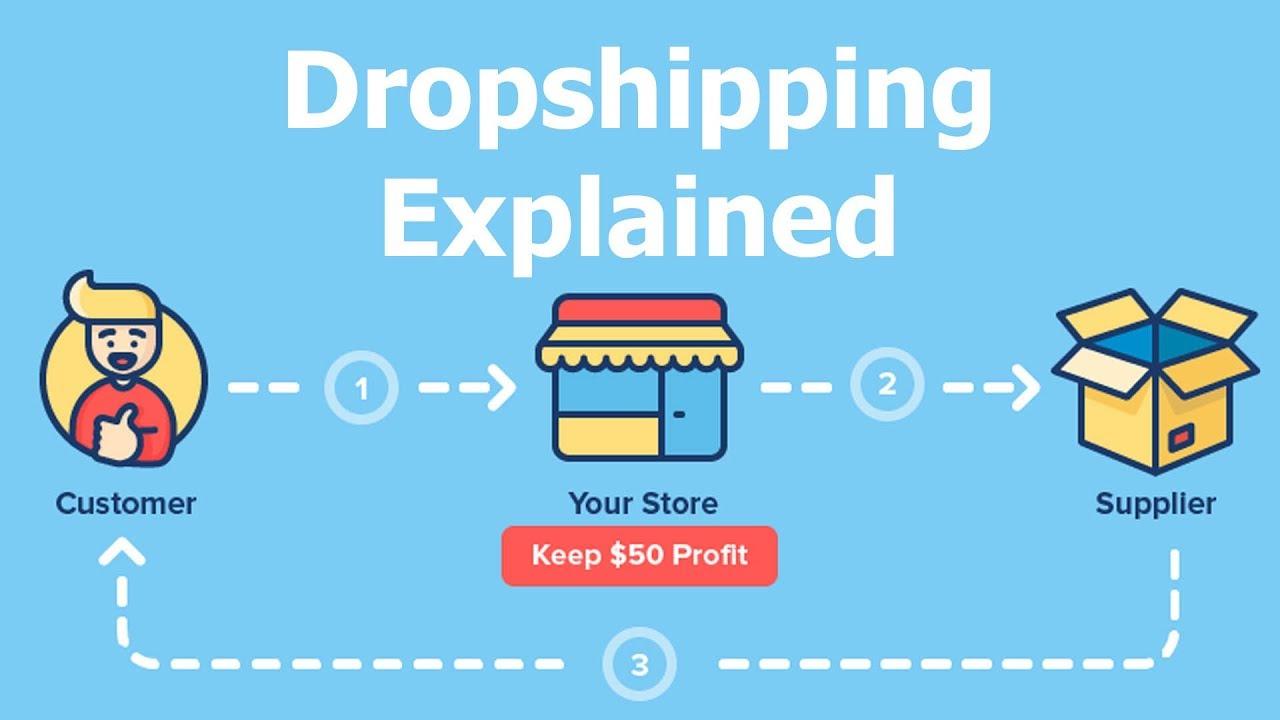
Staying Compliant: Legal Considerations for Dropshippers
Diving into the dropshipping business requires more than just a keen business sense; it demands an understanding of the legal framework that surrounds e-commerce. Compliance is essential for safeguarding your business and maintaining your reputation. Here are some crucial legal aspects to consider as you embark on your dropshipping journey:
- Business Registration: Start by choosing a suitable business structure—be it a sole proprietorship, LLC, or corporation. Each has its own implications for liability and tax obligations.
- Sales Tax Obligations: It’s vital to familiarize yourself with sales tax laws in the jurisdictions where you sell. You may need to collect sales tax from your customers, particularly in areas where you have a physical presence.
- Consumer Protection Laws: Ensure your business practices align with consumer protection regulations. This includes transparent return policies, accurate product descriptions, and timely shipping.
- Product Compliance: Check that the products you drop ship meet safety regulations and standards. Non-compliance can lead to recalls or legal issues, impacting your brand’s reputation.
- Privacy Regulations: With increasing concerns over data privacy, comply with laws such as GDPR (if you serve European customers) and CCPA. This includes having a clear privacy policy and obtaining necessary consents from your users.
Understanding the significance of these legal considerations can save you from potential headaches in the future. Here’s a concise table outlining some key legal terms relevant to dropshipping:
| Term | Description |
|---|---|
| Liability | Your legal responsibility for products sold through your store. |
| Intellectual Property | Legal rights protecting your brand identity and content. |
| Returns Policy | Guidelines for returning products, crucial for consumer trust. |
| Terms and Conditions | Rules governing the use of your website and services. |
Another vital aspect is understanding the implications of shipping products internationally. Each country has its own regulations concerning customs duties and import taxes. Failing to comply can result in your products being held or rejected at the border, leading to delays and dissatisfied customers.
Furthermore, consider the impact of advertising laws on your marketing efforts. Ensure that your promotional materials are truthful and not misleading to avoid potential legal action. This includes adhering to regulations set by the Federal Trade Commission (FTC) regarding endorsements and testimonials.
it’s always wise to consult with a legal expert who specializes in e-commerce. They can help you navigate the complexities of the law and tailor strategies to fit your unique business model. By staying informed and compliant, you can build a successful dropshipping business that stands the test of time.
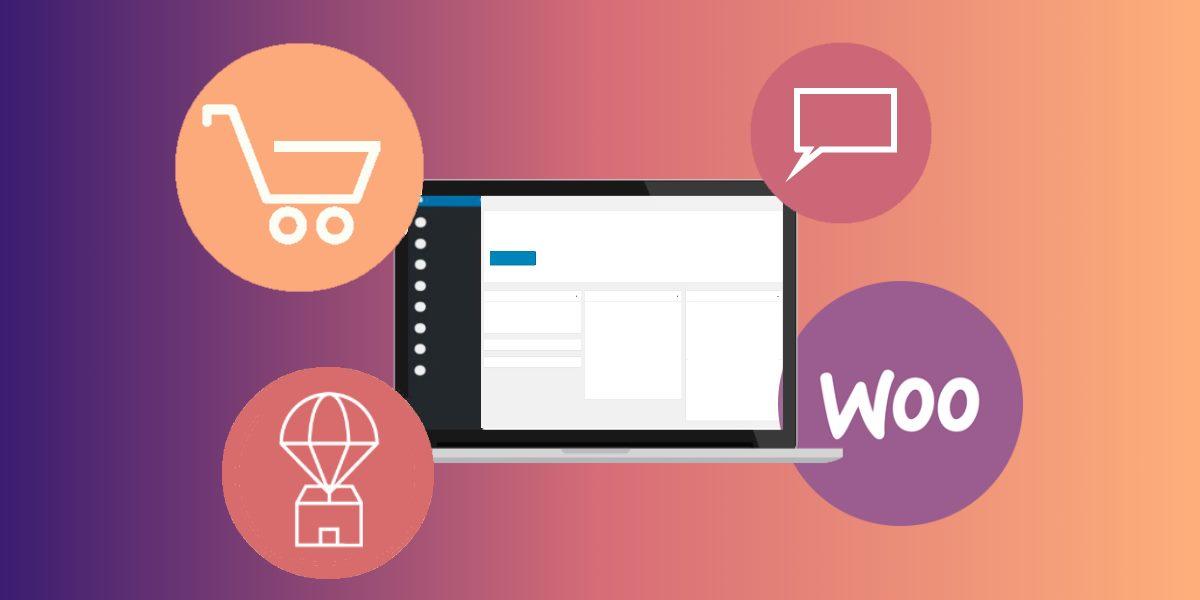
Future Trends in WooCommerce Dropshipping You Should Know
The dropshipping landscape is rapidly evolving, and staying ahead means adapting to new trends. As we move forward, several key shifts are shaping the future of WooCommerce dropshipping that you should keep on your radar.
Increased Automation is set to transform the way dropshippers manage their businesses. With advancements in technology, tasks such as inventory management, order processing, and customer communication are becoming increasingly automated. This means you can spend less time on mundane tasks and more time on strategic growth. Tools like automated order fulfillment services are gaining traction, helping store owners enhance efficiency.
AI and Personalization are also making waves in the dropshipping model. The ability to analyze data and predict customer behavior allows for highly personalized shopping experiences. Imagine offering tailored product recommendations based on previous purchases or browsing habits. Integrating AI chatbots for customer service can also enhance user engagement and satisfaction.
Focus on Sustainable Products is becoming crucial as consumers become more environmentally conscious. Dropshippers that prioritize eco-friendly products will not only attract a discerning customer base but also set themselves apart from competitors. Incorporating sustainable practices into your supply chain can boost your brand image and loyalty.
Expansion of Niche Markets is another trend to watch. As the eCommerce landscape becomes saturated, targeting specific niches allows dropshippers to cater to specialized audiences. Whether it’s vintage clothing, handmade goods, or tech gadgets, focusing on a niche can lead to increased customer loyalty and less competition.
Integration of Augmented Reality (AR) is also on the horizon. As AR technology improves, dropshipping businesses can offer virtual product try-ons or visualizations, enhancing the shopping experience. This not only reduces returns but also increases customer satisfaction, as buyers feel more confident in their purchases.
Mobile Commerce Growth is undeniable, and optimizing your WooCommerce store for mobile users is essential. With more consumers shopping on their smartphones, ensuring a seamless mobile experience can significantly affect your sales. Responsive design and mobile-friendly features are no longer optional; they are necessary for success.
the future of WooCommerce dropshipping is bright and filled with opportunities. By embracing these trends, you can position your business for long-term success and stay competitive in an ever-changing market.
Frequently Asked Questions (FAQ)
Q&A: WooCommerce Dropshipping 101 – Everything You Need to Know
Q1: What is WooCommerce dropshipping?
A1: WooCommerce dropshipping is an online retail model where you sell products through your WooCommerce-powered website without holding any inventory. Instead, when a customer makes a purchase, you directly purchase the item from a supplier, who then ships it to your customer. It’s a fantastic way to start an online business without the hefty overhead costs of maintaining stock!
Q2: Why should I consider dropshipping with WooCommerce?
A2: Great question! WooCommerce is a powerful and flexible eCommerce platform built on WordPress, making it incredibly user-friendly, especially if you’re already familiar with WordPress. Dropshipping through WooCommerce allows you to tap into a vast range of products without needing to invest in inventory upfront. Plus, you have complete control over your store’s design and functionality, ensuring your brand stands out in the market.
Q3: Do I need technical skills to set up a WooCommerce dropshipping store?
A3: Not at all! While some basic tech skills can be helpful, WooCommerce is designed to be accessible. There are plenty of tutorials, plugins, and resources available to help you set up your store. Many dropshipping plugins are user-friendly and can streamline the entire process, making it easy to manage your products and orders without being a tech whiz.
Q4: What are the key steps to start a WooCommerce dropshipping business?
A4: Starting a WooCommerce dropshipping business is straightforward! Here are the essential steps:
- Choose a niche: Focus on a specific market segment to stand out.
- Set up your WordPress site: Get hosting, install WordPress, and add the WooCommerce plugin.
- Select a dropshipping plugin: Options like AliDropship or WooDropship can help you connect with suppliers.
- Find reliable suppliers: Research and choose suppliers who offer quality products and reliable shipping.
- Customize your store: Design your website to reflect your brand and make it easy to navigate.
- Market your store: Use social media, SEO, and email marketing to attract customers.
Q5: How do I choose the right products to sell?
A5: Picking the right products is crucial! Look for items that are trending, have good profit margins, and resonate with your target audience. Tools like Google Trends or keyword research can help you find popular products. Additionally, consider your own interests or passions; selling something you’re excited about can make the process more enjoyable!
Q6: What are the potential challenges of dropshipping with WooCommerce?
A6: While dropshipping is an exciting venture, it does come with challenges. One common issue is relying on suppliers for inventory and shipping, which may lead to delays or stock shortages. Additionally, customer service can be tricky since you’re not handling the product directly. It’s essential to choose trustworthy suppliers and maintain excellent communication with your customers to overcome these hurdles.
Q7: Can I really make money with WooCommerce dropshipping?
A7: Absolutely! Many entrepreneurs have found success with dropshipping. The key is to choose the right niche, market your products effectively, and offer excellent customer service. While it may take time to see significant profits, with dedication and strategic planning, your WooCommerce dropshipping business can become a lucrative source of income.
Q8: What resources are available to help me succeed in WooCommerce dropshipping?
A8: There are tons of resources out there! From online courses to YouTube tutorials and blogs, you can find comprehensive guides on dropshipping with WooCommerce. Additionally, joining online communities and forums can provide valuable support and insights from fellow dropshippers who’ve walked the path you’re on.
Q9: Is WooCommerce dropshipping suitable for beginners?
A9: Definitely! WooCommerce dropshipping is an excellent option for beginners. With its intuitive interface and the abundance of resources available, you can quickly learn the ropes. Plus, since you don’t need to invest heavily in inventory, it’s a low-risk way to dive into the eCommerce world.
Q10: How can I get started today?
A10: Don’t wait any longer! Start by researching your niche, signing up for a domain and hosting, and installing WordPress with WooCommerce. The sooner you start, the closer you’ll be to launching your online store. Remember, every big success starts with a small step. So take that step today, and who knows where this journey might lead you!
Ready to launch your WooCommerce dropshipping store? Dive in, and make your eCommerce dreams a reality!
Key Takeaways
And there you have it—your comprehensive guide to getting started with WooCommerce dropshipping! By now, you should have a solid understanding of what dropshipping is, how WooCommerce can streamline your experience, and the key strategies to set you up for success.
Remember, the world of e-commerce is vast and dynamic, but with the right tools and knowledge, you can carve out your own niche. Whether you’re looking to supplement your income or launch a full-fledged business, dropshipping offers flexibility and potential like few other models.
So, take that first step! Dive into WooCommerce, explore the vast array of products available, and start building your online store today. The only thing stopping you is taking action. Don’t forget to stay adaptable, keep learning, and engage with your customers—these elements will help you grow and thrive.
If you have any questions or want to share your dropshipping journey, drop a comment below! We’re here to support each other on this exciting venture. Happy selling!



